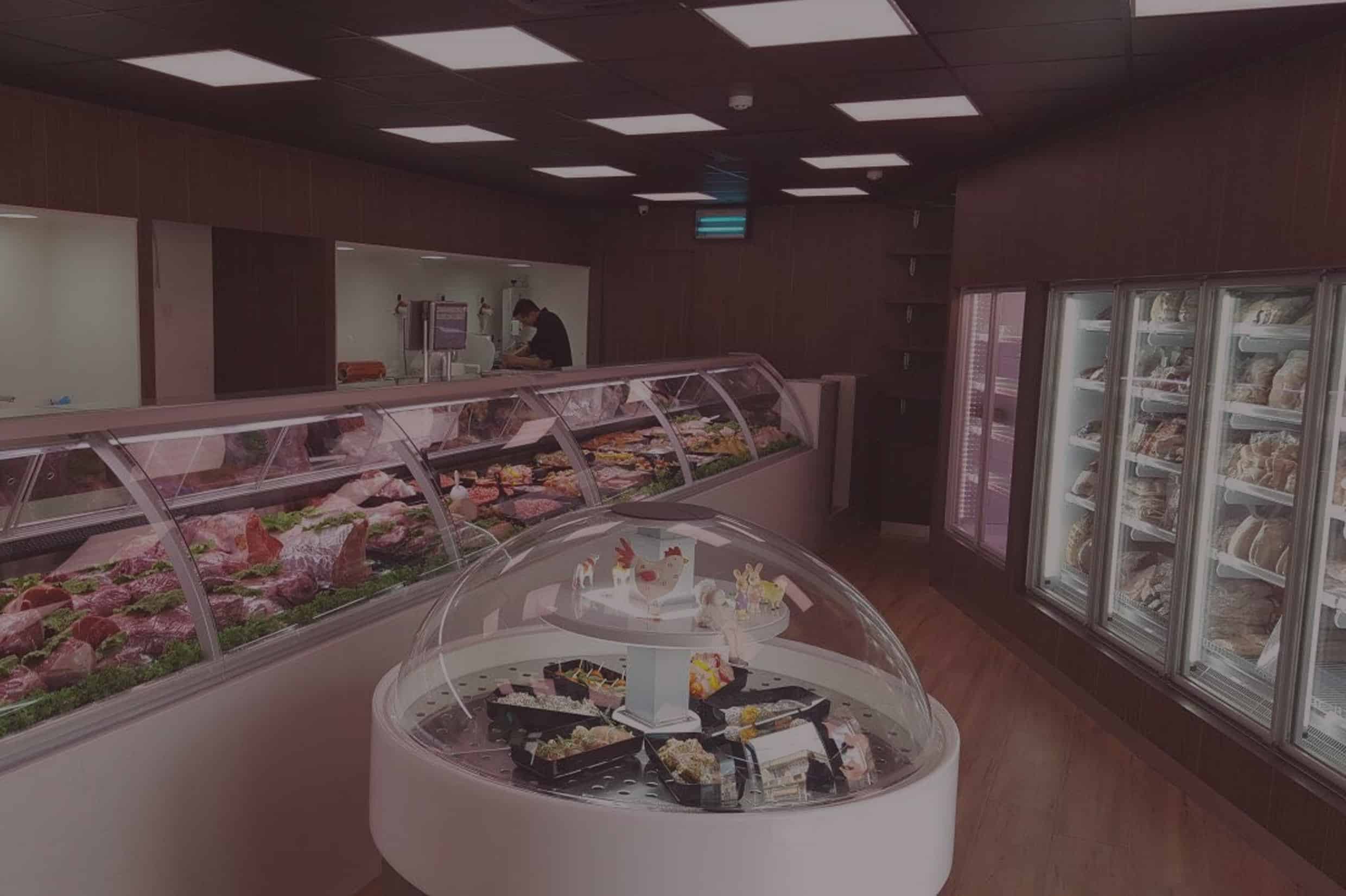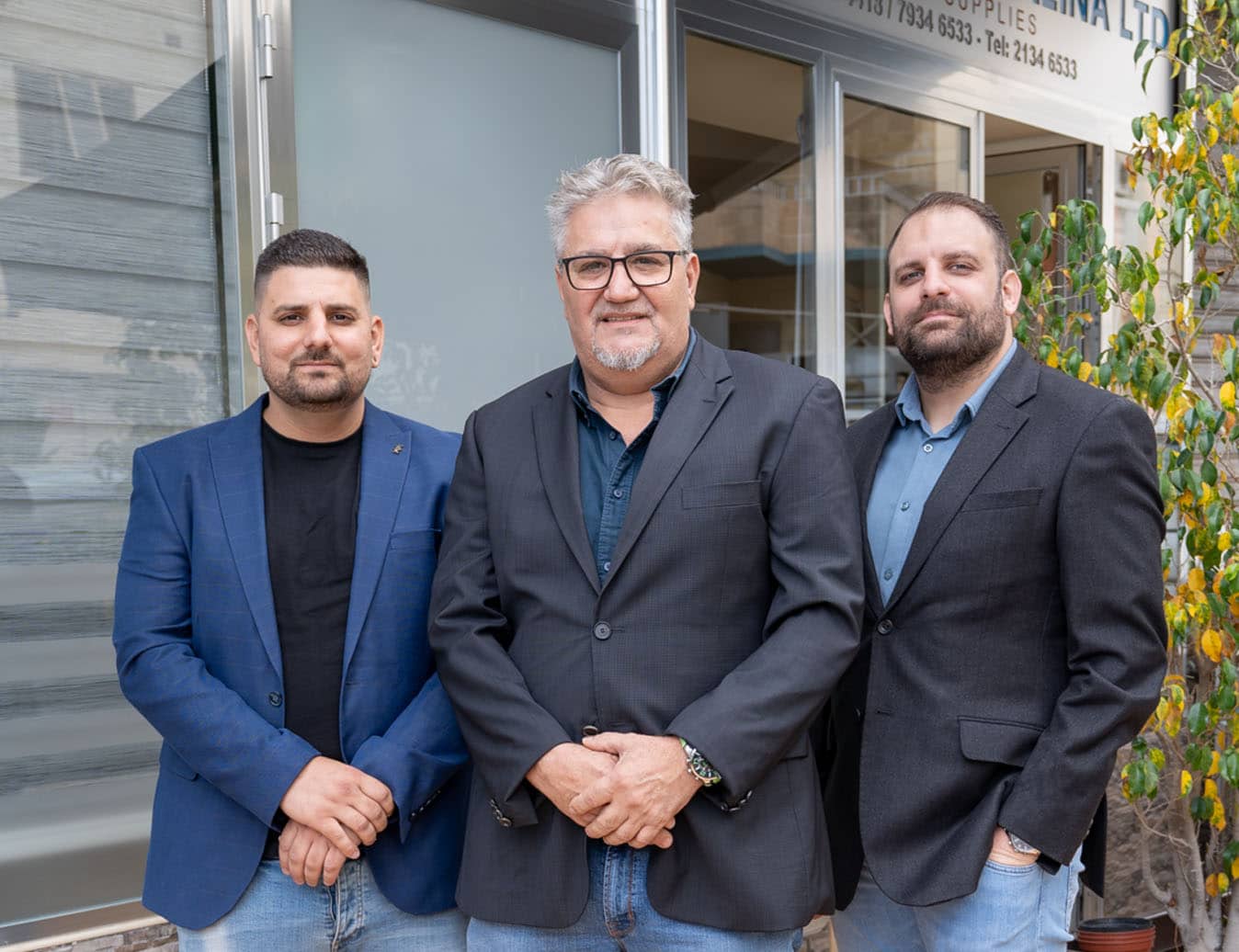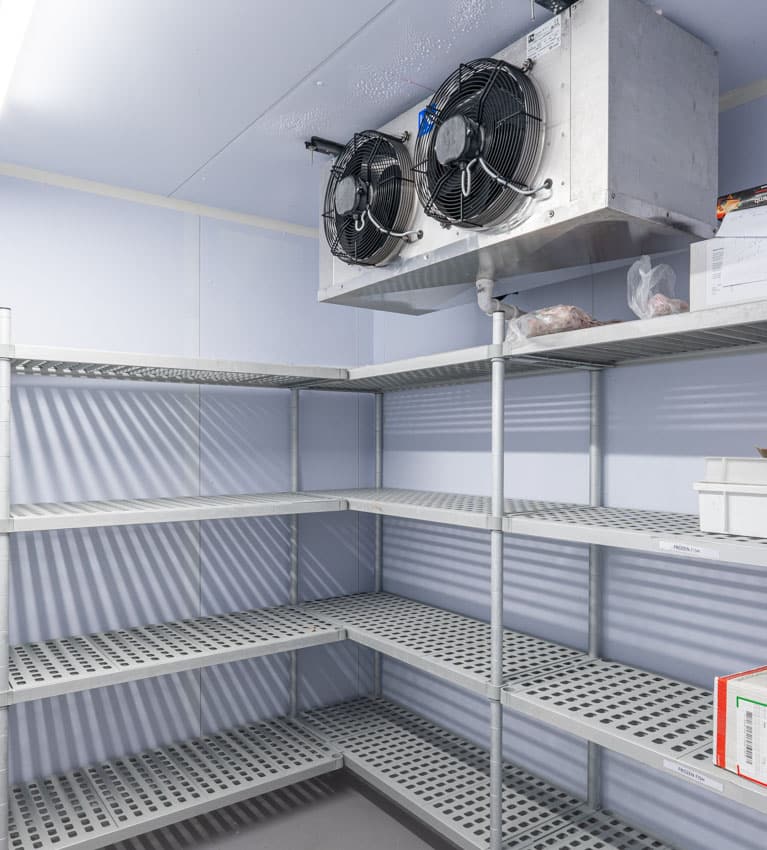
The Local Master of Refrigeration
January 9, 2025

Towards a Better Managed Tourism
January 7, 2025
Trends and Tips for Malta’s Restaurant Scene in 2024
January 10, 2025If you are seeking a refrigeration system that is innovative and with the latest sustainable technology, your natural go to is Angelo Aquilina Refrigeration Supplies Ltd., the local master of refrigeration.
WHEN THE DESIRED ART MEETS THE PERFECT ARTIST!!
Angelo’s story goes back almost two and a half decades when in the late 90’s he decided to offer commercial and industrial refrigeration systems to the local market - covering a wide-spectrum of business segments.
A multi-skilled visionary, Angelo Aquilina is proof that hard work pays off as he made it to the very top strategic apex. From humble beginnings as a self-employed technician and installer, he is today managing Angelo Aquilina Limited, a family run Company renowned for employing experienced technicians and synonymous with quality, sustainability and customer care. Angelo’s succession plan is also in force. Together with his two sons Justin and Brandon handling other key important aspects in the business, Angelo Aquilina Limited is a Success Story.
The Company offers custom-made solutions to its ever growing portfolio of clients focusing on cold-rooms with refrigeration technologies, refrigeration products for supermarkets, hotels and restaurants, pharmaceutical sectors, production factories and many others. Small and large businesses have benefitted from Angelo Aquilina Limited's superb quality of products, unbeatable after-sales services and most importantly their experiential learning and experience.
Another point worth mentioning is that Angelo and his two sons Justin and Brandon have the well-being of their workforce at heart. They understand that investing in their human resources is crucial if they are to face the challenges ahead. In this respect they ensure that the workforce is always motivated, trained and that performance is rewarded regularly. The management team at the Company adopts an open door policy.
The Company will continue to strive to remain the leading provider of refrigeration products and solutions on the market. Their priority is to offer low-energy consumption products for the clients’ peace of mind.

L-R: Brandon, Angelo and Justin Aquilina
Angelo Aquilina - Director & Founder
Q: In a few words, why have you chosen the refrigeration sector?
A: My journey into the refrigeration sector was unexpected as I originally had a mechanical background. I rolled up my sleeves and performed other works such as automobile mechanic, welder and also as a sprayer. Subsequently I started having an interest in the refrigeration business. Through a particular client interaction, I recognized a demand for refrigeration services that had sparked my interest in the sector.
My mechanical and technical background played a pivotal role for investing in the refrigeration business. I did not stop learning as I continued to invest in equipping myself with knowledge and capabilities appertaining to this specific business. As a firm believer of lifelong learning, I have attended courses locally and overseas to deepen my knowledge in this sector.
Although it was not easy to achieve certain personal goals, I am now positive and confident that the Company’s foundation pillars are robust enough to register further growth.
Q: When was your turning point, from self-employed to creating a company?
A: The turning point came when I realized the potential for scalability and the ability to make a larger impact. I recognized that by building a team and formalizing operations, I could enhance efficiency, expand services, and better serve a growing customer base.
This shift allowed me to leverage resources and expertise, ultimately driving innovation and growth in the refrigeration sector.
Justin Aquilina - Chief Executive Officer
Q: You started working with your father at the early stages of the company, what was your input to consolidate and expand the company?
A: After graduating from College, I had a working knowledge and understanding of the fundamentals of refrigeration, electrical components and electronics. I then started working for my father and seeing him perform within the various aspects of the business provided me with invaluable mentorship and a strong foundation of knowledge in the refrigeration sector benefitting from hands-on experience, technical proficiency, problem solving skills and adaptability.
Our experience and understanding of the industry helped establish our credibility and trust with clients. Together, we focused on building a solid reputation for quality and reliability, which attracted more customers. Additionally, we emphasized continuous learning and adaptation to new technologies, allowing us to innovate and expand our service offerings. This combination of legacy, expertise, and a commitment to excellence was key to consolidating and expanding the company.
Q: To keep a company up and running is hard work, what motivates you to upkeep the company’s competitiveness and operation?
A: My motivation stems from a passion for innovation and a commitment to quality service and products. Seeing the positive impact we have on our customers’ lives and businesses drives me to continuously improve and adapt. Additionally, fostering a strong team culture and witnessing my employees grow and succeed fuels my determination.
I am also motivated by the challenge of staying ahead in a rapidly evolving industry, which inspires me to embrace new technologies and sustainable practices that can lead to long-term success.
Brandon Aquilina - Operations Manager
Q: Leading a big team in operations is not easy, how do you manage to perform smooth installations while tackling emergency calls?
A: Managing this large team requires a combination of strategic planning, effective communication, and flexibility. Here are some key approaches:
1. Prioritization and Scheduling: I implement a robust scheduling system that prioritizes installations while allowing for adequate flexibility to accommodate any emergency call/s that may be received. This ensures that urgent issues are addressed promptly without compromising scheduled work.
2. Clear Communication: Maintaining open lines of communication among team members is crucial. Regular briefings help everyone understand priorities, share updates, and coordinate efforts effectively.
3. Dedicated Emergency Response Team: I designate a specific team or personnel to handle emergency calls, which allows the main installation team to focus on their tasks without constant interruptions.
4. Training and Empowerment: I invest in training my team to handle various situations independently, empowering them to make decisions on-site. This reduces delays and enhances responsiveness.
5. Technology Utilization: Leveraging technology and management software helps track jobs, manage schedules, and communicate in real-time, allowing for quick adjustments as needed.
6. Feedback Loop: After each project or emergency response, I gather feedback to identify areas for improvement, helping to streamline processes and enhance team efficiency over time.
By balancing these strategies, I can ensure that installations run smoothly while effectively managing emergency situations.
Q: After-sales service in refrigeration is demanding especially during the hot summer season, does it affect the response time frame if an emergency occurs?
A: Yes of course, higher temperatures can lead to more frequent system failures and breakdowns. Preparing for this demand of emergency calls requires a proactive and strategic approach. Here are several key steps to effectively manage this increased demand:
•Proactive Maintenance Programs: Encourage customers to participate in preventive maintenance programs before the summer season. This can help identify and resolve potential issues before they lead to emergencies. This includes checking system pressures, cleaning condenser and evaporator coils, refrigerant levels, and overall functionality.
•Establish a Triage System: Implement a triage system to prioritize emergency calls based on severity and impact. This ensures that the most critical issues are addressed first, optimizing response times.
•Remote monitoring systems will help a lot to reduce the emergency call outs as it tracks the state of the refrigeration system. The remote monitoring system technology will help to identify any fault and indicate potential failures. It also reduces the downtime as we can diagnose problems from afar, often small issues will be resolved without the need of visiting the site resulting in a minimal impact on operations.
•Inventory management: maintain an adequate inventory of essential parts and equipment to quickly address common issues. This reduces downtime and enhances the ability to respond to emergencies promptly.
•Feedback Loop: After the peak season, gather feedback from technicians and customers to identify areas for improvement. This can help refine processes and better prepare for future demand.



Angelo Aquilina Refrigeration Supplies Ltd has always been at the forefront of the refrigeration sector in Malta. The company finds its roots back in the early 90s when we provided refrigeration installations and repairs. In 1998, we branched out and started importing cargo refrigeration boxes, which we fitted with a range of high-end technologies and systems.
W: https://www.angeloaquilina.com/ | E: info@angeloaquilina.com | Tel: +356 21 346 533
Click here to see Horeca Issue 18 online



